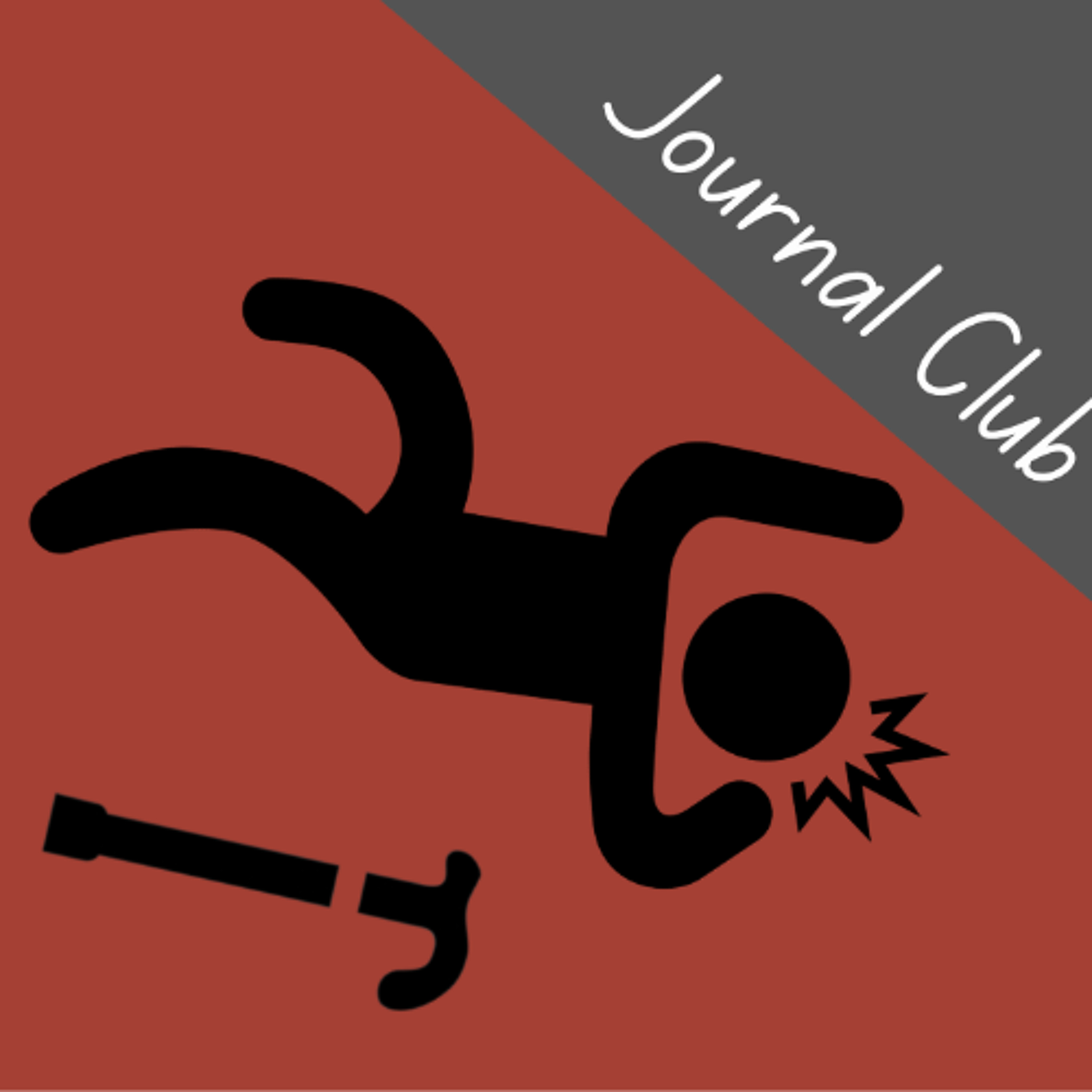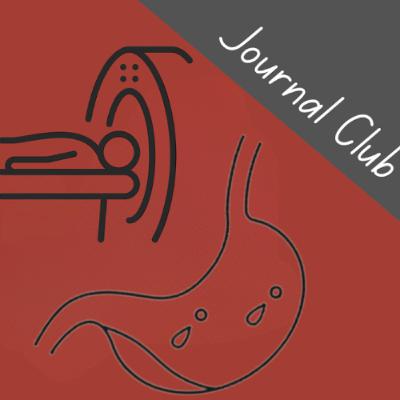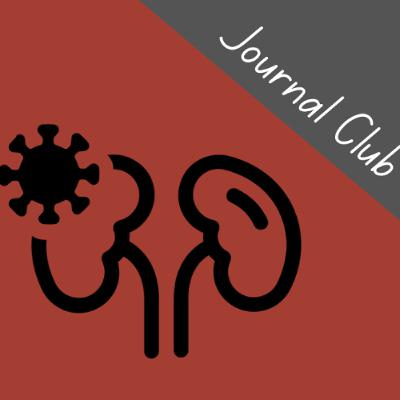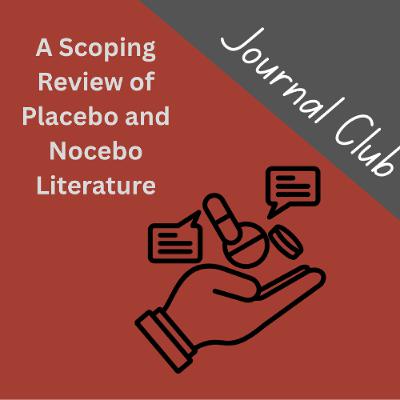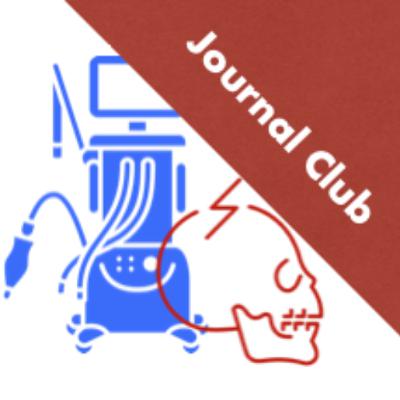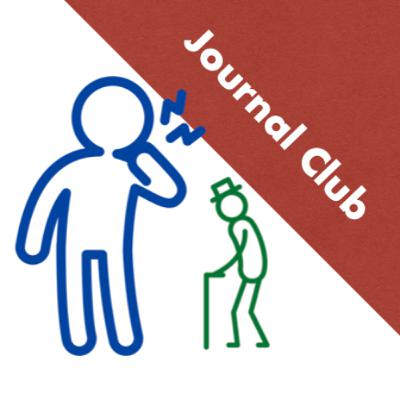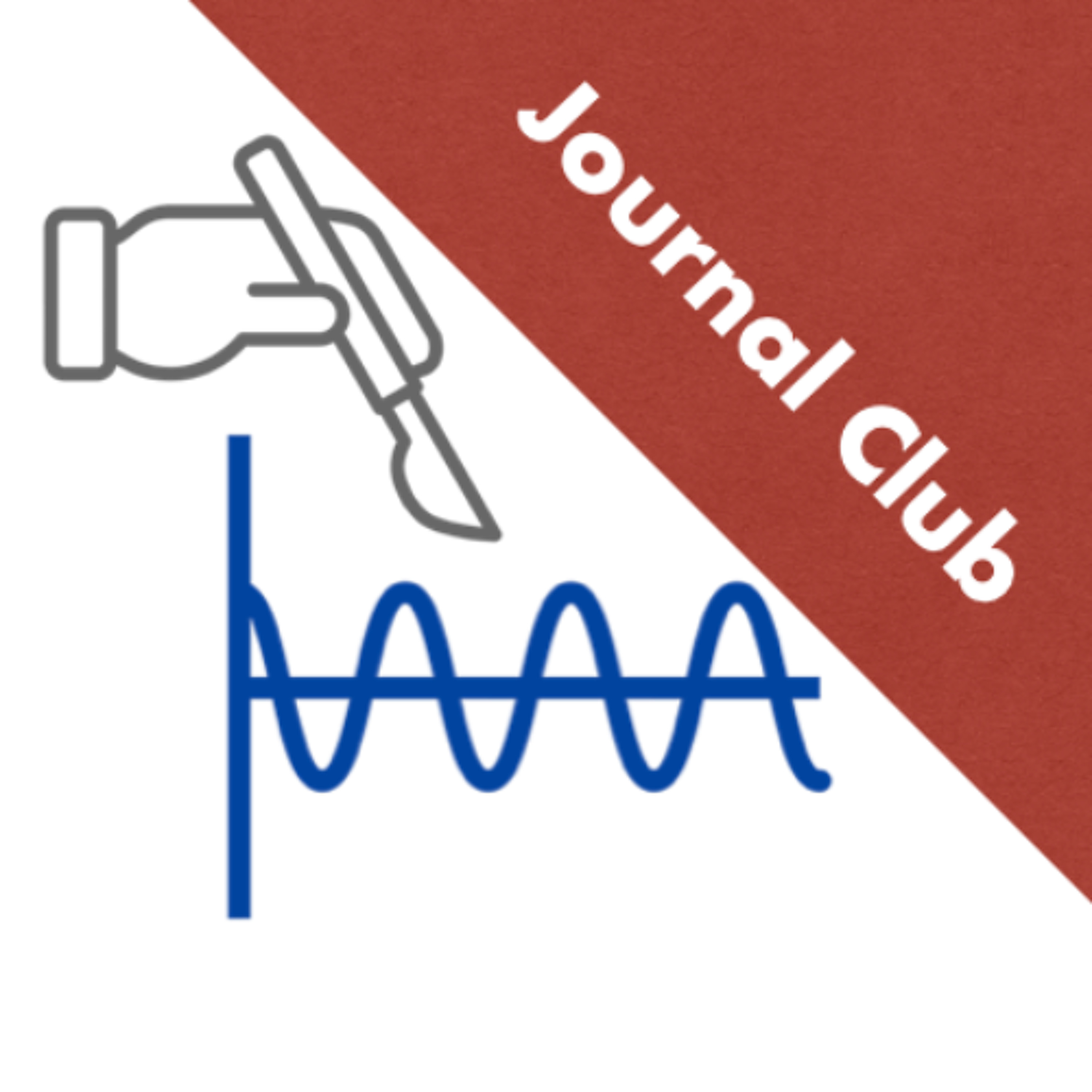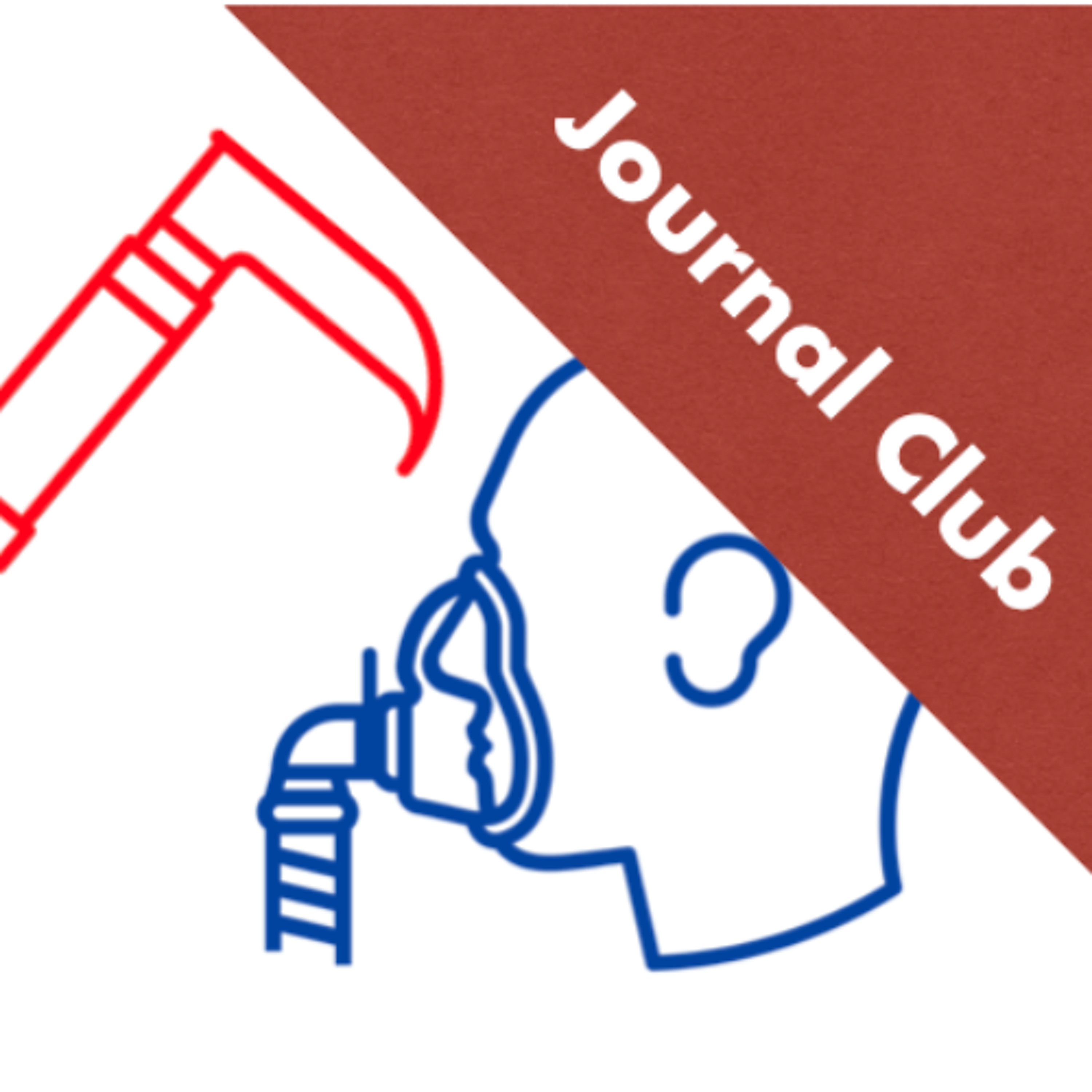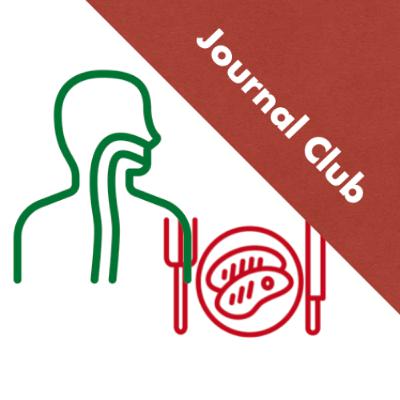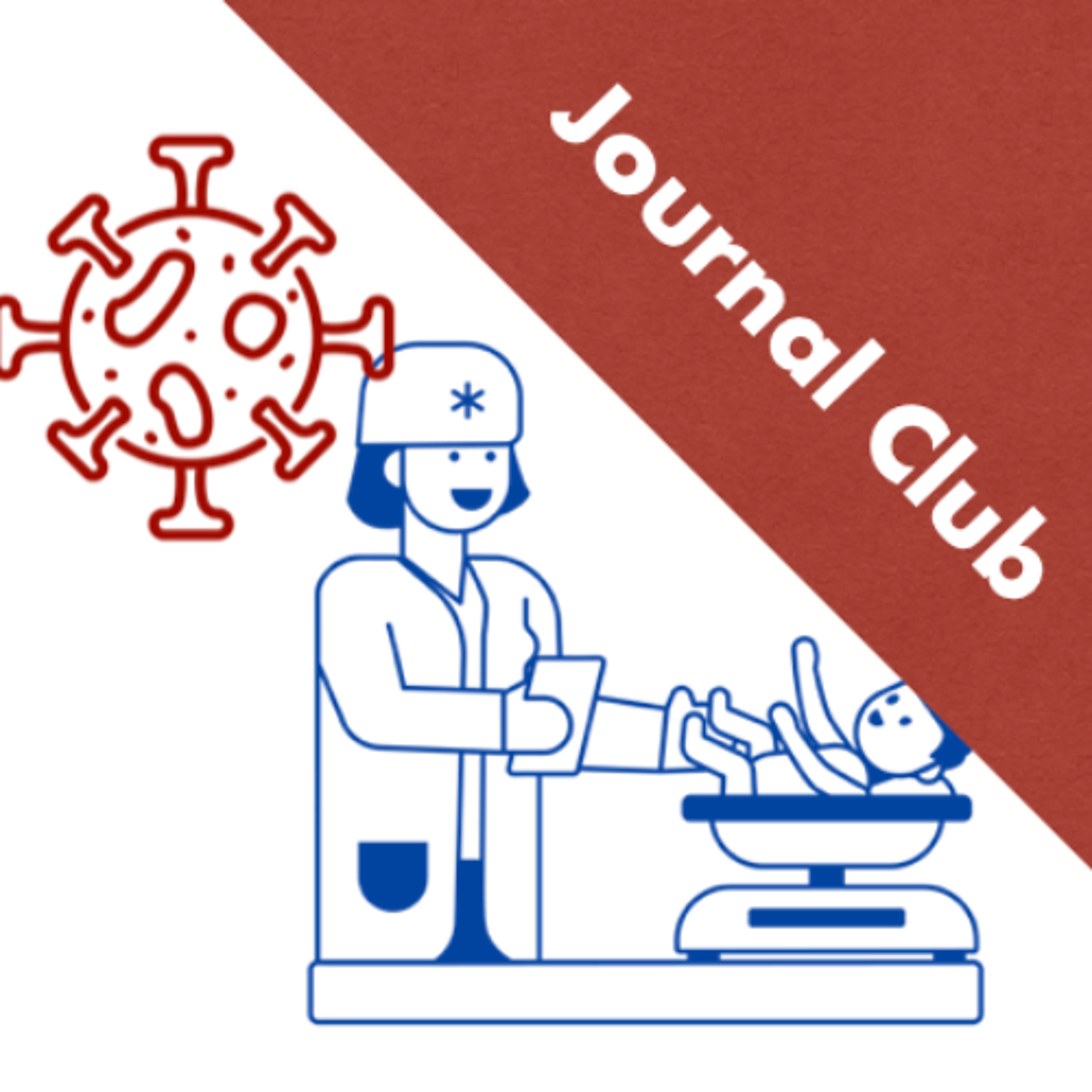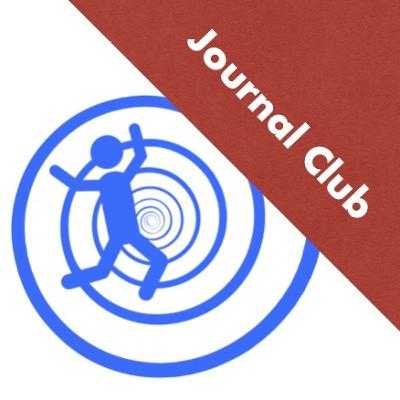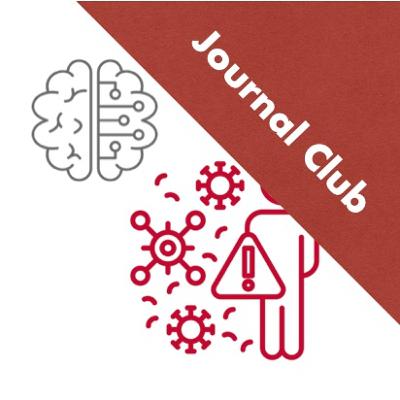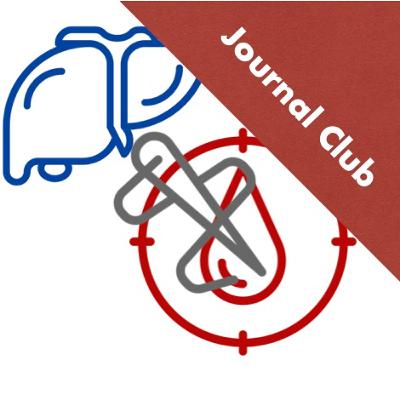Discover TamingtheSRU
TamingtheSRU

TamingtheSRU
Author: UC Department of Emergency Medicine
Subscribed: 1,229Played: 1,939Subscribe
Share
© All rights reserved
Description
www.tamingthesru.com - Free. Open-Access. Focused on Emergency Medicine, critical care and prehospital medicine, as well as practice algorithms and decreasing knowledge translation in Med Ed.
100 Episodes
Reverse
Ground-level falls are a leading reason older adults get head CTs in the ER, largely because current rules treat age > 65 as a risk factor by itself. Yet many emergency physicians question whether that’s always necessary for well-appearing patients. A new systematic review and meta-analysis in Annals of Emergency Medicine digs deeper, asking: what other factors truly predict intracranial hemorrhage after ground-level falls? Join Dr. Snyder as she explores the findings, limitations, and what they mean for everyday practice.
Tranexamic acid (TXA) is an anti-fibrinolytic that may reduce hemorrhage and improve survival in trauma. While early studies raised safety concerns, newer evidence supports its use in select patients. Join Dr. Segev as he reviews key TXA trials and highlights the updated EAST guidelines on pre-hospital and in-hospital administration.
Gastrointestinal bleeding is a frequent and potentially life-threatening presentation in the ED. With CT angiography increasingly being used as a first-line diagnostic tool, are we improving detection or simply overusing imaging? Join Dr. Guillaume as she discusses this recent JAMA Network Open study examining trends in CTA utilization for GI bleeding and whether rising scan rates are truly leading to better diagnostic yield.
Pyelonephritis is a commonly treated diagnosis in the emergency department. With resistance rates climbing to the first-line recommended fluoroquinolones and Bactrim, are other antibiotics appropriate in treating pyelonephritis? Join Dr Gabor as she discusses this article and its treatment recommendations for outpatient pyelonephritis with cephalosporins and how it compares to treatment with the more traditional fluoroquinolones / bactrim route.
Septic shock remains a leading cause of pediatric mortality, but the choice of first-line vasoactive agent has long been debated. Dr Newton, a PGY-3, discusses this single-center retrospective cohort study comparing epinephrine and norepinephrine as initial infusions in children with septic shock. While the primary kidney outcome (MAKE30) showed no difference, epinephrine was linked to higher 30-day mortality in propensity-matched analysis. The findings are hypothesis-generating and highlight the need for prospective pediatric trials.
In the ED, your words can be as powerful as your meds. In this episode, PGY-3 Dr Kotel unpacks the science of placebo and nocebo, showing how communication shapes patient outcomes—and how small shifts in framing, empathy, and reassurance can turn talk into treatment.
Lung-protective ventilation (LPV), characterized by low tidal volumes and appropriate PEEP, is a cornerstone in managing patients with acute respiratory distress syndrome (ARDS). However, its application in patients with severe acute brain injury raises concerns. The potential for lung protective ventilation to increase intracranial pressure due to hypercapnia and elevated PEEP levels necessitates a closer examination of its safety and efficacy in this unique patient population.
Many clinical decision rules exclude elderly patients from the derivation cohorts. So the question remains unanswered do all elderly patients need cervical spine CTs in the setting of trauma? What if they have no symptoms? This recap of a journal club article explores the incidence of significant cervical spine fractures in elderly patients.
It is well known that ultrasound has exploded in its application in both diagnostics and procedures and has ultimately revolutionized the way we practice medicine. With its growing use, more and more providers are comfortable using ultrasound for both identification of anatomy/pathology and to guide procedures that were previously only done with landmarks. While having the skills to perform landmark guided procedures is incredibly important, there is much value in being able to visually confirm anatomy to avoid procedure complications, especially when landmarks are difficult to palpate / identify in certain individuals. This recap of a recent journal club article covers a paper looking into the use of POCUS to help perform cricothyrotomy.
More than 1.5 million critically ill adults undergo tracheal intubation each year in the United States. Hypoxemia is a common and serious complication during tracheal intubation in critically ill adults, occurring up to 10-20% of intubations in the emergency department (ED) or intensive care unit (ICU). Hypoxemia increases the risk of cardiac arrest and death. The effect of preoxygenation with noninvasive ventilation, as compared with preoxygenation with an oxygen mask, on the incidence of hypoxemia during tracheal intubation is uncertain. In this breakdown of a Journal Club article, Dr de Castro will cover a recent paper comparing NIPPV to oxygen mask only during preoxygenation for intubation.
Severe trauma is the leading cause of death worldwide for adults younger than 50 years of age. Acute traumatic life support (ATLS) guidelines endorse early and aggressive usage of supplemental oxygen in patients with severe trauma, at least until abnormalities of airway or breathing can be safely ruled out. However, unclear target concentration, duration or saturation goals often leads to hyperoxemia. Emerging studies in the intensive care unit (ICU) setting suggest that liberal supplemental oxygen therapy and hyperoxemia is associated with increased mortality. Limited evidence in the trauma population suggests similar outcomes.
We know that the d-dimer can be a helpful test for patients who have a low pre-test probability of pulmonary embolism. But can the test be pushed into use for higher risk patients? Will it still have useful negative predictive value or will we risk missing too many PEs?
Can a nitro slurry help with food bolus impaction? Glucagon and effervescent beverages have limited evidence for benefit. Can an old drug used in a new way help these patients?
Current screening tools for pediatric septic shock and sepsis are highly specific but lack sensitivity. This study substituted age adjusted vital sign measures and a pediatric shock index into currently existing pediatric sepsis scoring systems to create the qPS4.When utilizing a cut off of ≧ 2 points, the qPS4 was highly sensitive and specific, and identified pediatric septic shock far sooner into a patient's course.
There is a wide variation in practice, particularly in obtaining neuro-imaging in patients presenting with vertigo. Many patients are imaged and subjected to a longer length of stay, and on the other side of the coin, some patients with serious pathology fall through the cracks. The authors of this study set out to create a risk score to apply to patients who present to the ED with vertigo which would identify the patients at risk for serious pathology (which they defined as stroke, TIA, vertebral artery dissection, or brain tumor).
Sepsis remains an increasingly common emergency department condition that is tied to higher morbidity and mortality across the United States as well as the rest of the world. Sepsis as a disease process has been difficult to both clearly define and quickly recognize. Many metrics for recognition and management of sepsis are dependent upon various scoring systems, including SIRS, SOFA, qSOFA, and MEWS, none of which were designed for the acute detection of sepsis within the emergency department. This journal club recap will look at an article by Knack et al looking at physician gestalt vs scoring systems for the detection of sepsis.
In patients with cirrhosis and ongoing bleeding, it can be challenging to determine whether or not patients are hyper or hypocoagulable. Traditional markers of coagulation status like INR can be difficult to interpret in patients with abnormal synthetic function and potentially increase consumption of coagulation factors. Can TEG (thromboelastography) be a helpful too in these situations? In this journal club recap, Dr. Grisoli recaps a recent article by Rout et al that addresses this issue.
In this journal club recap, Dr Sarah Moulds recaps a recent meta-analysis of papers looking at the therapeutic effect of TXA in patients with severe trauma. Are their higher rates of thromboembolic complications? Is mortality improved? This article by Fouche et al attempts to answer these questions.
Out of hospital cardiac arrest (OOHCA) represents a great cause of morbidity and mortality. Approximately 350,000 cardiac arrests occur in North America annually and 20% can be attributed to Ventricular tachydysrhythmias (i.e. ventricular tachycardia [v fib] and ventricular tachycardia [v tach]without a pulse). In this journal club recap, Dr Kelly Tillotson recaps an article comparing different ways of defibrillation and their effect on outcomes in OOHCA
In this most recent Journal Club recap podcast, Dr. Cole Davis covers a paper investigating the use of sterile vs clean gloves for laceration repair in the ED.


